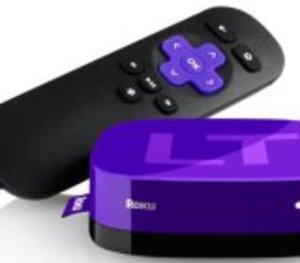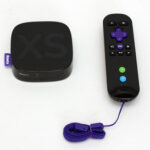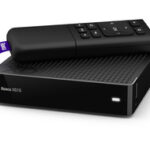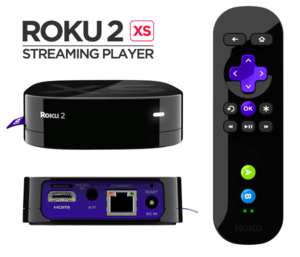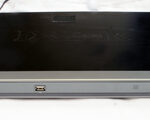Receiving Streamed Video
For many people, the days of renting DVDs is passing as the videos available through many streaming services (both free and for-a-fee) make more and more contend available on line. If you have a good HDTV, a standard DVD player and a home Wifi network and want to be able to receive video streamed from internet providers to your TV at a minimal cost, checking out the ROKU LT is a smart move.
You Have Choices
There a several ways to get video streaming services and general internet reception on your HDTV. Many new sets are built with the ability to receive WiFi signals from your home WiFi router installed at the factory. These are referred to as “Smart” TVs. For those of us without these newer (and generally considerably more expensive) televisions, there are other options to accomplish the same thing.
Many of the newer DVD players, Blu-Ray or otherwise, are now able to receive WiFi signals, so once connected to your TV, the TV can receive most video streaming services or access the internet for other purposes.
There are also many add-on devices that will bring your WiFi signal and threaming ability it carries to your TV. Among these, the usually least expensive and usually most reliable of these is the ROKU LT.
Save Some Money
The least expensive way, however, to make your existing TV able to receive WiFi signals and thus, to be able to use Netflix, , Hulu, Crackle or other video streaming services is to connect this small and simple device, the ROKU LT. (As of this writing, the ROKU device does NOT support the Amazon streaming channel.) The ROKU does not change the subscription costs of the streaming services that charge a monthly fee.
At less than 3″ square at the base and less than 1″ tall, he ROHU LT box is quite small and unobtrusive. It connects to your TV through either component or HMDI cable. Like most devices connecting to an HDTV, the HDMI cable is, generally, the best option as it carries both the video and audio through one, integrated, cable. Once the ROKU box is connected and set up, it connects with your WiFi network and can easily access streamed on line content. A small blue light indicates when it is ‘On.”
The ROKU LT comes with its own remote control that is used to select the streaming service you are interested in. Once that function is complete, your regular remote can usually control all of the other functions (volume, pause, reverse, etc.)
The Least Expensive Functional Option
The ROKU option is the logical and least expensive one for people who already have 1) A home WiFi network, 2) an HDTV and 3) a DVD player that is NOT WiFi enabled that works perfectly well. You can keep and use all the equipment you already have and simply connect and set up the ROKU.
If you are ready to try out streaming video, check this ROKU LT out.
